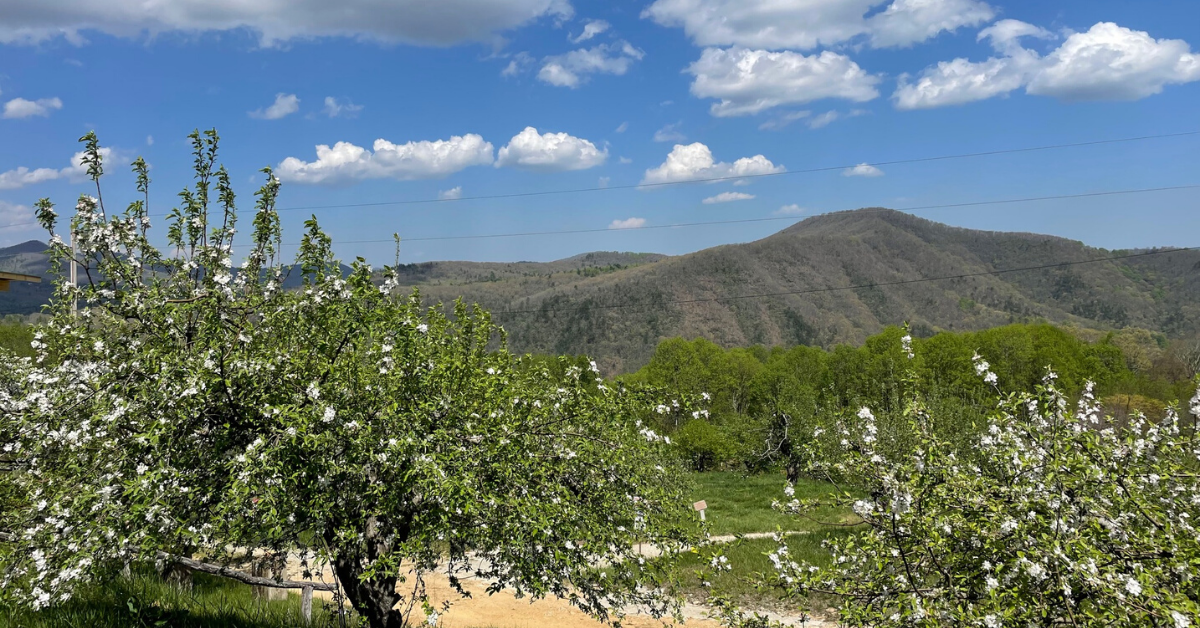Since its creation in 1996, the NC Land & Water Fund (NCLWF) has conserved well over one-half million acres and protected or restored 3,000 miles of streams and rivers. Here are just a few examples of how they’ve helped protect land in our state.
- Orchard at Altapass
In the 1990s, the property was for sale and many people thought it would be developed for second homes. However, the new owners wanted to preserve its beauty and history. The Conservation Trust for North Carolina (CTNC) worked with the owners to protect the orchard by raising funds to purchase conservation easements, which included a grant of $180,843 from NCLWF. Together with the state, the property is now in permanent conservation easement and is still a working orchard. Learn more. - Waccamaw River
NCLWF has awarded 10 projects, totaling over $9 million for projects in the Town of Lake Waccamaw and the Waccamaw lake and river system. This funding has matched over $11 million from local, state, federal, and private funds. Read more. - Chestnut Mountain Nature Park
Southern Appalachian Highlands Conservancy made this park in Canton, NC, possible thanks to a $1.2 million award from the NC Land and Water Fund, with support from the Attorney General’s office EEG grant, CTNC, Pigeon River Fund, and more. Add this new park to your must-hike list. - Salmon Creek – Site X
This site could hold clues to North Carolina’s oldest mystery, the lost colony of Roanoke. In 2017, NCLWF awarded a grant to the North Carolina Coastal Land Trust to assist with the purchase of 995 acres at the confluence of Salmon Creek and the Chowan River. The Salmon Creek tract is steeped in North Carolina history and could provide clues about much of our state’s past. Preliminary surveys indicate the presence of 18 different archaeological sites throughout the property. Learn more. - New River
With funding from the NCLWF, New River Conservancy works with landowners in Alleghany, Ashe, and Watauga counters to replant and maintain stream-side environments. In Ashe County, Greater Lansing Area Development will restore over half a mile of the actively eroding streambanks of Big Horse Creek. Together, these projects will protect and enhance the trout streams and outstanding resource waters of the New River. Learn more.

